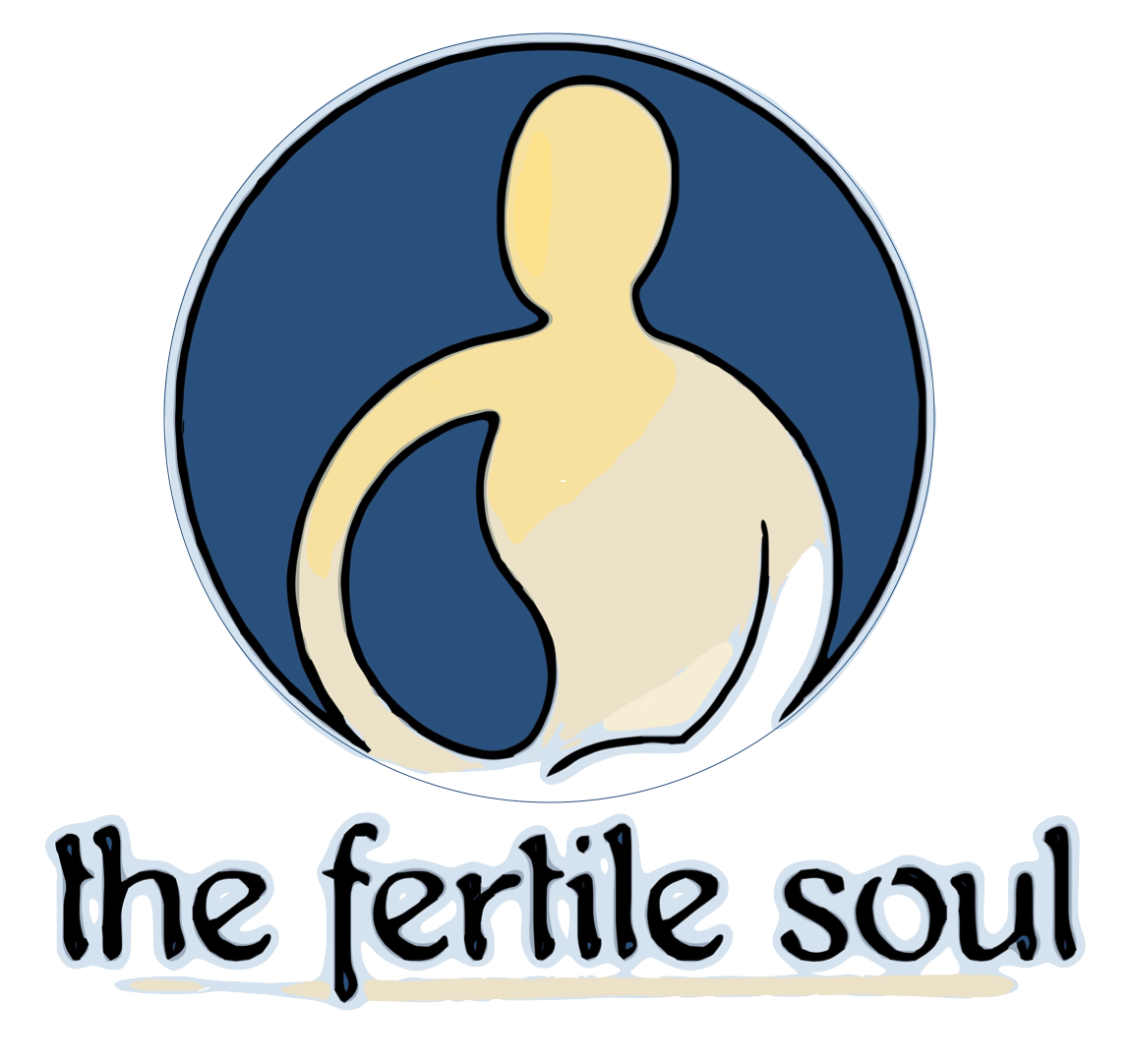UTERINE FIBROSIS
DESCRIPTION
Uterine fibroids, or myomas, are the most common neoplasm, or abnormal growth, of the female reproductive organs. They are benign tumors found in approximately 20 percent of women over thirty-five years of age. They can occur on the inner and outer wall of the uterus, or anywhere else in the pelvic cavity. They range in size from small (the size of a pea) to large (the size of a cantaloupe). Some women have only one small fibroid, whereas others have several. Fibroids may impair conception if they obstruct the uterine cavity or the entrance into the uterus from the fallopian tubes. They also can block an embryo from implanting in the uterine wall. Fibroids can increase in size due to the increased hormone levels of pregnancy, causing pressure in the uterus and, in some cases, premature labor.
Adenomyosis is referred to as endometriosis interna, and is related both to endometriosis and fibroids. Adenomysis is derived from glands from the basalis layer of the endometrium, which do not undergo the typical proliferative and secretary changes associated with cycling ovarian hormones.
Conditions of obstructed energy in the reproductive organs include the manifestations of uterine myomas, endometriosis, fallopian tube obstruction, fibroids, adenomyosis, leiomyomas, ovarian cysts and pelvic adhesions. All of these conditions block the effective functioning of the reproductive system, and all can be treated successfully with traditional Chinese medicine and The Fertile Soul Method™.
SYMPTOMS
Many women with uterine fibroids report menstrual pain, heavy menstrual bleeding and fertility problems. Fibroids on the back wall of the uterus can contribute to constipation, urinary tract problems and heavy menstrual periods. Larger fibroids can cause pain with intercourse and pelvic pressure.
WESTERN MEDICAL TREATMENT
Many fibroids have enough mass to be detected by a routine pelvic exam. To determine their extent and exact location, ultrasound, sonohysterography, a vaginal ultrasound using sterile salt water inside the uterus, hysteroscopy and MRIs are sometimes used.
Just as pregnancy hormones can cause a fibroid to grow, a lack of reproductive hormones can cause it to shrink. Western medical treatment occasionally uses drugs like Lupron to create the condition of pseudo-menopause. In many cases, drug therapy is accompanied by surgical removal of the fibroid. If the fibroids are small and accessible from inside the uterus, a laparoscopic procedure can be done where the surgeon uses a probe threaded through the cervix to destroy the fibroid using either heat or cold.
Another technique is arterial embolization, where the blood vessels feeding the fibroid are cauterized. However, as this cuts off blood flow to the uterine lining as well, it is not recommended for women who wish to have children.
In more complicated cases, where the tumors are larger or located on the outside of the uterus or in the pelvic cavity, a laparotomy may be necessary. This procedure involves an incision either through the abdominal wall or uterus and requires a three-to-six-month healing process before pregnancy should be attempted. If the fibroids are too large or in a location that compromises a woman's health, hysterectomy, which is removal of the uterus, is the last line of treatment. Approximately 600,000 hysterectomies are performed in the United States each year, and non-cancerous conditions including uterine fibroids, abnormal uterine bleeding and chronic pelvic pain account for two of every three of these procedures. If your uterus is removed, a gestational surrogate or adoption are the only remaining means for parenthood.
EASTERN MEDICINE DIAGNOSES
NATURAL TREATMENT
Fortunately, The Fertile Soul provides far more gentle and effective remedies for fibroids than surgery. Endometriosis, fibroids, adenomyosis and leiomyomas are all considered lumpy nodulations within the body caused by hardening static Blood. They can be treated with therapies similar to those used for endometriosis, with equally dramatic results.
Acupuncture and acupressure are recommended in the treatment of fibroids using the points detailed in The Infertility Cure for Blood stasis in the Uterus. Local stimulation provided by acupuncture near the site of the growth has been found to reduce pathologically proliferating cells through local stimulation. Stimulating points like Sp 10 and UB 17, which invigorate the Blood throughout the body, can help the body shrink fibroids.
CLINICAL STUDIES
One Chinese study used traditional Chinese herbs to treat 223 cases of uterine fibroids. All patients had measurable symptoms such as heavy menstrual bleeding and were diagnosed clinically by pelvic examination confirmed by ultrasound. Treatment involved invigorating the Blood and eliminating Blood stasis, clearing heat, and softening the indurations, hardening of surrounding tissue caused by new growth such as fibroids.
The basic herbal formula used in the study contained herbs to resolve Blood stasis and move Liver Qi stagnation. Additional specific herbs were added based on the different patterns-Yin deficiency, Qi stagnation, or heat-diagnosed as contributing to the formation of the fibroids. The appropriate herbal combinations were administered after menstruation. Following treatment, most of the patients' symptoms like heavy blood flow, abnormal vaginal discharge and backache improved or ceased. The presence of the fibroids themselves were either diminished or disappeared completely in 72 percent of patients.
